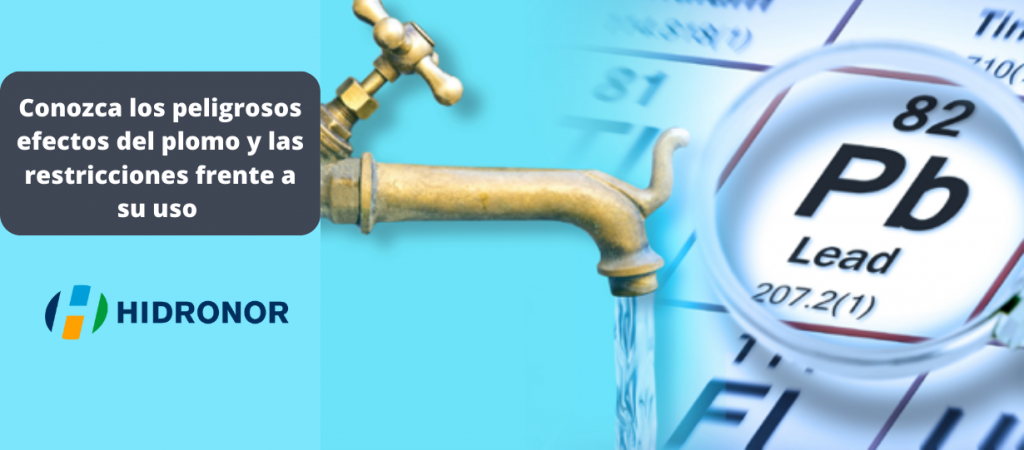
Lead is a naturally occurring element found in small amounts in the earth's crust. While it has some beneficial uses, it can be toxic to humans and animals, causing detrimental health effects.
Likewise, when used in industrial activities, it can be inhaled by humans, or be ingested when mixed with dust, which leads to its accumulation in different parts of the body, affecting intelligence in children and causing behavioral problems and learning difficulties. among other consequences.
To reduce these effects, the use of leaded fuel for cars and trucks was banned globally during July 2021 (following a nearly two-decade campaign by the Alliance for Clean Fuels and Vehicles, led by the United Nations Program for environment). This regulation is added to other laws established in Chile that, since 1997, prohibited the production, import, distribution, sale and use of decorative paints with a lead concentration that exceeds 600 ppm.
Therefore, the WHO has established this metal as one of the 10 chemicals that evoke a major concern of public health, hence expecting that in the coming years strict protocols will be established for the disposal of waste containing them, as to preventing its production, as well.







